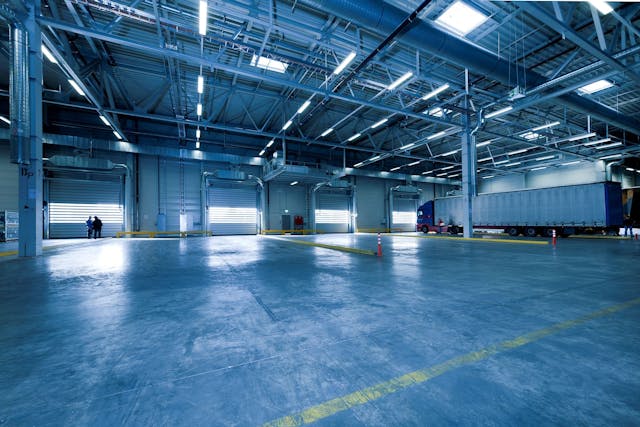Designing safe facilities calls for more than just the newest technologies in the fast changing security scene of today. It calls for a comprehensive strategy combining modern systems, physical infrastructure, and strategic planning. Maintaining safety, functionality, and efficiency depends on reinforcing your design, whether you are planning a high-security government structure or a sensitive data storage facility. By means of efficient measures, one guarantees defense against both internal and external hazards, therefore transforming the infrastructure of the building from a mere afterthought into a basic need.
1. Comprehensive risk Assessment and Threat Analysis
Prior to starting any design project, a careful risk assessment and threat analysis is absolutely vital. Identifying potential vulnerabilities and assessing risks helps to define the general security plan and enables focused solutions meant to handle particular hazards. As you evaluate risks, you have to take into account elements such as environmental threats, possible breaches, natural disasters, and even social engineering strategies. Knowing the risks your facility is probably going to encounter helps you create practical and efficient surroundings with security features. When considering specialized spaces such as SCIF construction, it is critical to ensure that they are properly isolated and fortified to protect classified operations.
2. Access Control Systems and Perimeter Security
Using a strong access control system is one of the fundamental components of maintaining a facility. Through cutting-edge technology such as biometric scanning, keycard access, and facial recognition, the design should give top priority to limit unauthorized access to sensitive locations. The strategy also has to include perimeter security, so defining exact physical limits around the building. While CCTV cameras offer continuous monitoring, barriers, including fences, walls, and safe gates, help prevent unauthorized access. This tiered strategy of security guarantees that another method will identify any possible hazards even if one fails. Maximum safety should always be considered in designing the location and operation of entry points, checkpoints, and emergency exits thereby guaranteeing quick responses in the case of a security breach.
3. Redundancy in Critical Systems and Infrastructure
Strengthening facility security extends beyond physical barriers and access control systems. Maintaining functionality during an emergency or a failure depends much on redundancy. Critical systems, including electrical, fire suppression, ventilation, and IT networks, should be designed to have backup plans. This guarantees the facility stays running during emergencies and helps to avoid system downtime. To enable prompt recovery in the event of damage or power outages, secure facilities, particularly those engaged in government or business operations, should incorporate disaster recovery plans into their architecture. Including extra servers and safe communication channels improves resilience and guarantees that your facility operates regardless of the conditions.
4. High-Level Surveillance and Monitoring Systems
A thorough security design relies significantly on surveillance. Install both visible and covert cameras throughout the site to maximize the monitoring systems' efficiency. While covert cameras give the element of surprise when tracking suspicious behavior, visible cameras discourage possible intruders. Apart from high-quality video surveillance, including monitoring technologies enabling real-time alarms and automatic event recording guarantees that security staff is constantly informed of possible problems. The general security of the facility is improved by automated systems that can identify irregularities, including unauthorized movement or attempts at irregular access. These systems, together with centralized command centers, offer flawless monitoring features that greatly lower emergency response times.
5. Smart Building Technologies and Integration
Including smart building technologies in your construction of a facility will greatly improve security. These technologies provide automation meant to increase safety and efficiency. Automated lighting solutions, for instance, can help deter intruders; motion sensors and smart locks guarantee that sensitive areas are only accessed by authorized staff. Including IoT (Internet of Things) devices such as smart cameras, security alarms, and environmental sensors allows centralized control over every facet of building security. This interconnected system enables faster response times, more efficient resource allocation, and streamlined operations. These technologies can improve the general security posture when coupled with SCIF construction and other safe facility aspects, therefore making the building smarter, safer, and more adaptable to evolving threats.
Conclusion
Designing a safe facility is about future preparation instead of just addressing current threats. Focusing on risk assessments, strong access control, system redundancy, monitoring, and smart technology integration can help you to make sure your facility stays operational and secure, independent of future difficulties. As threats become more sophisticated, it is critical to update your security measures to stay one step ahead. Establishing a safe environment calls for thoughtful design and a dedication to creating an infrastructure that prioritizes resilience, adaptability, and safety. With the correct strategies, you will create a facility that not only safeguards assets but also fosters trust and stability in the long term.





Comments